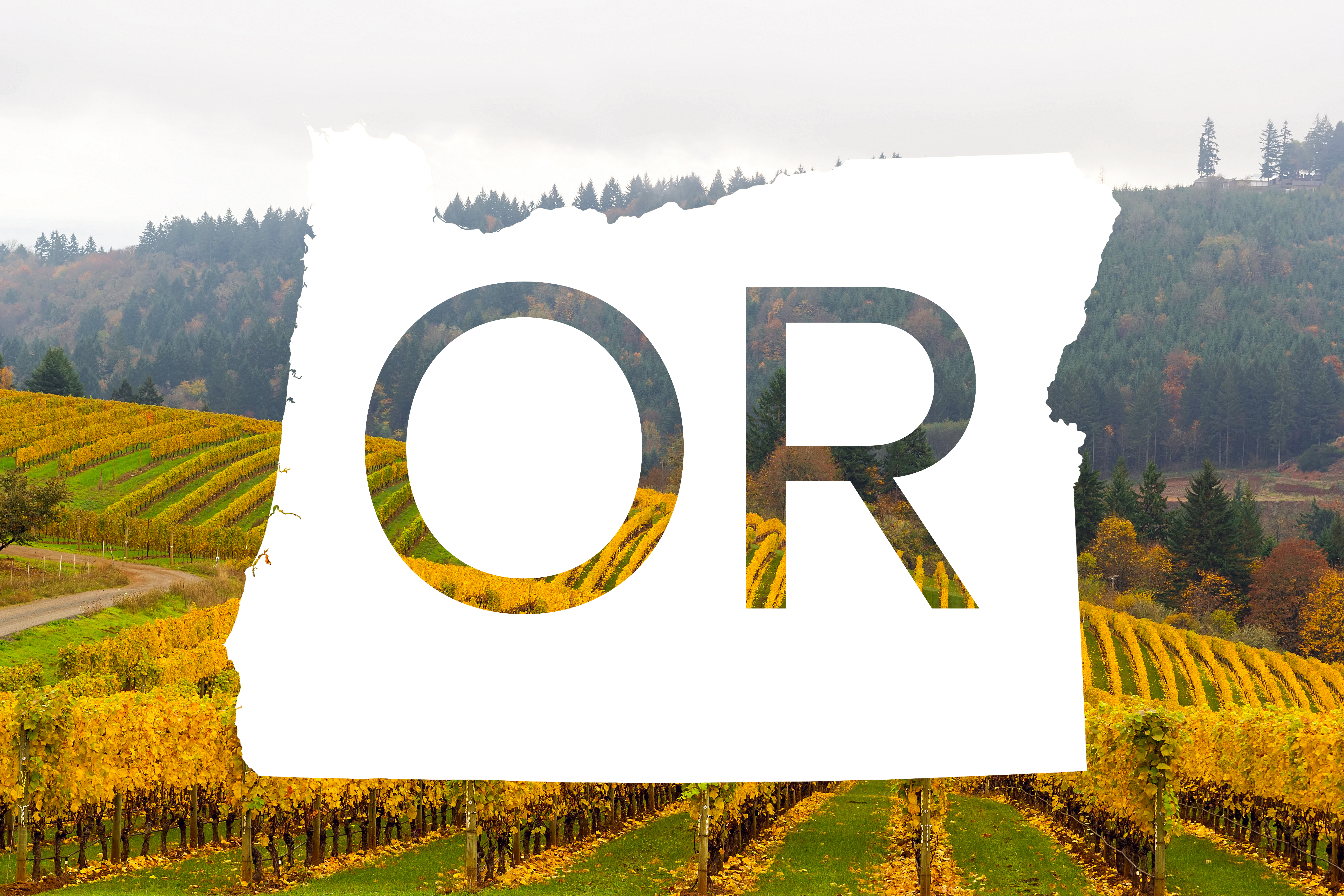In March of this year we released our Lot 586 Pinot Noir from the Dundee Hills sub-appellation of the Willamette Valley in Oregon. While Cam’s video can tell you about the wine itself, let’s look at the AVA that pretty much started it all in Oregon.
As stated in our previous post, aspiring dental student turned winemaker David “Papa Pinot” Lett stated the established plantings of Pinot in 1960’s on the hillside of Dundee leading to the bonding of Eyrie Vineyards in 1970. Dundee Hills was established as an AVA in the mid 2000’s despite producing world recognized wines dating back to the 1970’s – Eyrie’s 1975 South Block Reserve Pinot Noir brought the world’s attention to Oregon Pinot by placing in the top ten in a 1979 French Gault Millau Guide sponsored event in France.
The Jory soils in the Dundee Hills are red in color, iron rich, and originate from the volcanic history in the state dating back millions of years. While relatively infertile as a soil, it is great for vineyard soil, and makes for cherry pie-like Pinots with cherry and spice.
While the area receives 30-45 inches of rain annually – mostly during the winter months, it is protected from cool breezes by the Chehalem Mountains to the north that enter the valley from the Columbia Gorge and is protected from the Pacific’s heavy winds and rains by the Coast Range to the west. What this all means is less fog and warmer nights during the growing season as opposed to other sub-appellations of the Willamette Valley.
The highest peak in Dundee Hills is 1,067 feet and the full AVA is a single landmass that is elevated in comparison to the remainder of the Willamette Valley floor. The region runs north to south (great for southern-facing vineyards) and was formed from intense volcanic activity by-way-of the collisions of the North American and the Pacific plates. The Jory soils run anywhere from 300-1,000 feet deep over sedimentary sandstone.

